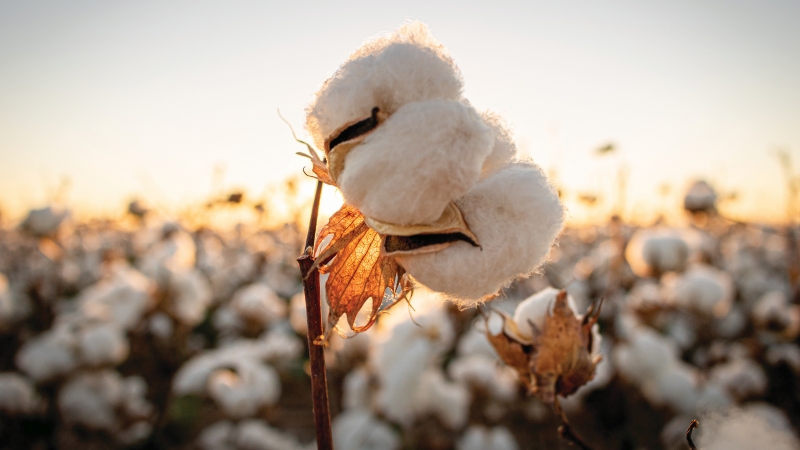A Sleeping Giant Stirs
By Andrew Macdonald, ITMF Advisory Board
I first visited the high planes of Mato Grosso 15 years ago, at the invitation of Eloi Brunetta, to see his “small” (500 hectares) cotton project in Primavera do Leste. Although I was extremely optimistic about what I saw, and very encouraged by the other cotton farmers I met, I could never have imagined the speed of the transformation that occurred during the next few years in Mato Grosso and other regions in the center of Brazil.
The transformation has been concentrated in areas suitable for intensive, large-scale farming, which allowed for highly technical and mechanized farming. We call this area the Cerrado, which actually covers about 25% of Brazil’s land mass. Despite the vast areas utilized for some form of agriculture, there are still about 90 million hectares available for development—without ever touching a square inch of the Amazon rainforest.
Brazil was one of the largest cotton-importing countries in the early 1990s but is now a major exporter, even after supplying the continued growth of its burgeoning textile industry. Of course, there have been ups and downs during this expansion period, but each problem has been overcome through perseverance and technology. Continued research resulted in increases in yield and quality, and Brazil has one of the highest yields for rain grown cotton in the world. Only irrigated crops produce more cotton per acre than Brazil.
The last two years have seen consolidation and low cotton prices, but with its solid base and the vast technical background and experience, Brazil is now set for another leap forward. It will be the result of three factors: technology, the need to reduce costs, and the collective desire to respect the environment.
Technology will be the springboard, as new varieties for short-cycle soybeans will allow for the planting of short-cycle cotton, allowing growers to plant two crops during the same year. This will drastically improve the return on investment in the land, but more importantly, the shorter cycle substantially reduces the application of chemicals. That helps both the environment and the bottom line. Furthermore, since labor will be needed throughout the year, income for workers will be constant rather than seasonal.
Short-cycle cotton will also allow for cultivation on lands previously unsuitable for rain-grown cotton. The short-cycle cotton grown in narrow rows requires less water because leaf coverage preserves moisture better than it does in conventional planting.
India’s leap forward was due to research and the introduction of Bt cotton. Brazil’s advance will be just as spectacular but more solid. India’s growth in cotton production will not be sustainable without a constant renewal of their Bt cotton because pests will develop resistance to the current gene. Modification and new traits will have to be introduced not only against the bollworm, but also against other insects and infections as they appear. This is the law of nature.
Brazil has been very cautious about introducing transgenic varieties. That does not mean that it isn’t being done—on the contrary, there is activity not only in research institutions, but also on the political front to convince the authorities of the importance of this technology. The agricultural authorities need to be assured that farmers understand that Bt cotton is a doubled-edged sword, and needs to be managed carefully by protection areas that surround Bt cotton fields.
However, there’s no doubt that Bt cotton will play its part in Brazil’s cotton expansion. As the cost of production declines, yields will continue to improve, and as the return to the farmer escalates, more and more cotton will be grown. New land will be farmed and over time, Brazil’s chronic logistical problems will be addressed. The combination of social programs, soil protection, best management practices, and intense agricultural research will guarantee Brazil’s role as a top cotton producer in the years to come.








